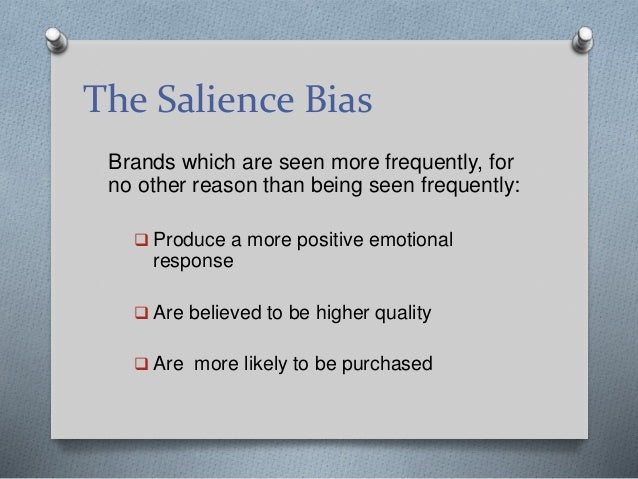 When given an object, we often drop it. What is the cause of the fall? Who is responsible? The person who handed us the object may have been careless, but the object may have fallen because of my inattention. With these words, a university professor gives us her understanding of 'responsibility in the media' in the Current Diagnosis column of the Catholic Peace Weekly.
When given an object, we often drop it. What is the cause of the fall? Who is responsible? The person who handed us the object may have been careless, but the object may have fallen because of my inattention. With these words, a university professor gives us her understanding of 'responsibility in the media' in the Current Diagnosis column of the Catholic Peace Weekly.
According to the 'attribution theory', when an event occurs, we try to find the cause of the event: finding the cause from internal factors or finding the cause from the external factors beyond individual control. For example, if you think that the object fell because of your carelessness, you are attributing it to an internal cause, and if you judge that the object fell because the person who handed you the object was careless, it is an external attribution. Attribution in this sense means the process of inferring the cause of words and actions to oneself or others.
Attribution is important because it doesn't just identify the cause for it influences the behavior after determining the cause. It is my responsibility if I make an internal attribution for falling objects because my hands aren't steady so you can blame my carelessness.
In the above situation, it is enough to pick up the fallen object again, but the process of solving various problems experienced in real life, where various interests are intertwined, is not as simple. In general, multiple causes may have contributed to the occurrence of the problem, and when the cause of the problem is unclear or diverse, it is difficult to determine who is responsible.
One of the important roles of the media is to identify the causes and responsibilities of problems that arise. Evaluating the cause of the problem is necessary to determine responsibility. In this respect, the influence of the media's attribution on behavior is large. The more prominence the media gives to a particular case, the more important we value it. The frame used by the media in the process of interpreting the cause of the incident affects the interpretation in which we view the incident. and responsibility.
There is a risk. This phenomenon is called 'salience bias'. (Salience is how noticeable or observable something is while a bias is a prejudiced way of thinking or perceiving) In particular, if there is a lack of experience or information necessary to comprehensively understand an event, the possibility of a perception of the event in a biased manner according to the direction of media coverage increases. When the public understands an event, they tend to make judgments based on information that easily comes to mind. When we think of an event that is difficult to experience in our daily life, the first images that come to mind are likely to have been given by the media.
Numerous events happen in a day; any event may have various causes. Therefore, the media needs to provide information on the various 'contexts' to the public. Even if a conclusion has been finally reached, there was a lot of information to consider in reaching that conclusion. It is necessary to provide an opportunity for the citizens to examine the kinds of interpretations that can be made around the problem, the basis for the interpretation, and whether the basis is valid and reasonable. It would be a great opportunity in showing the neutrality of the media.
No comments:
Post a Comment